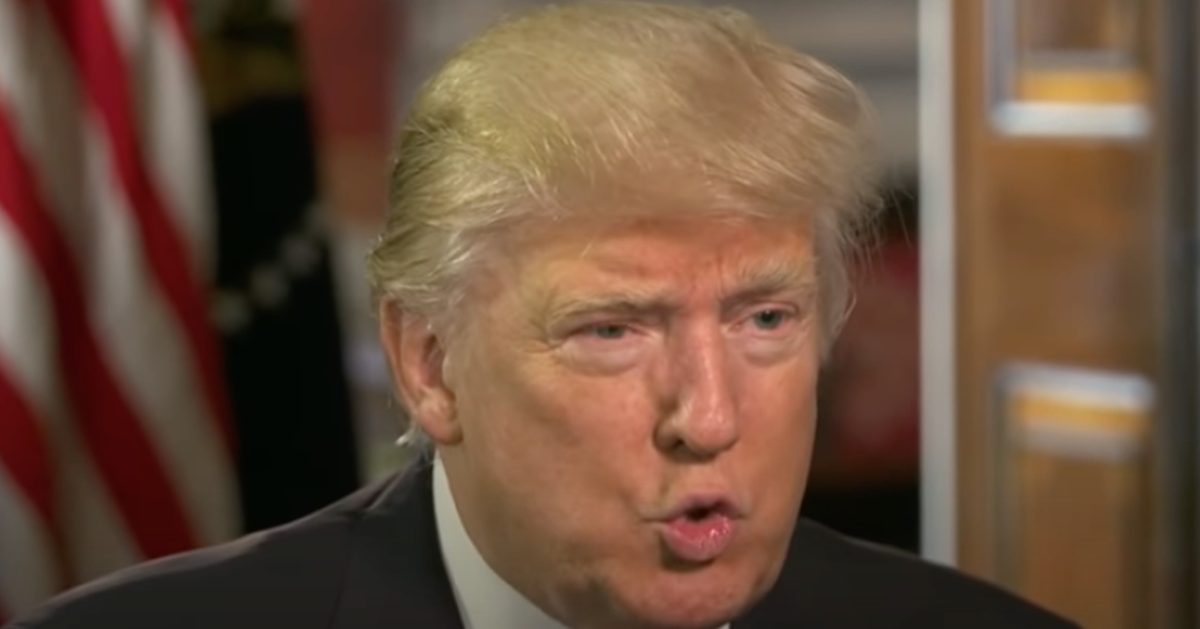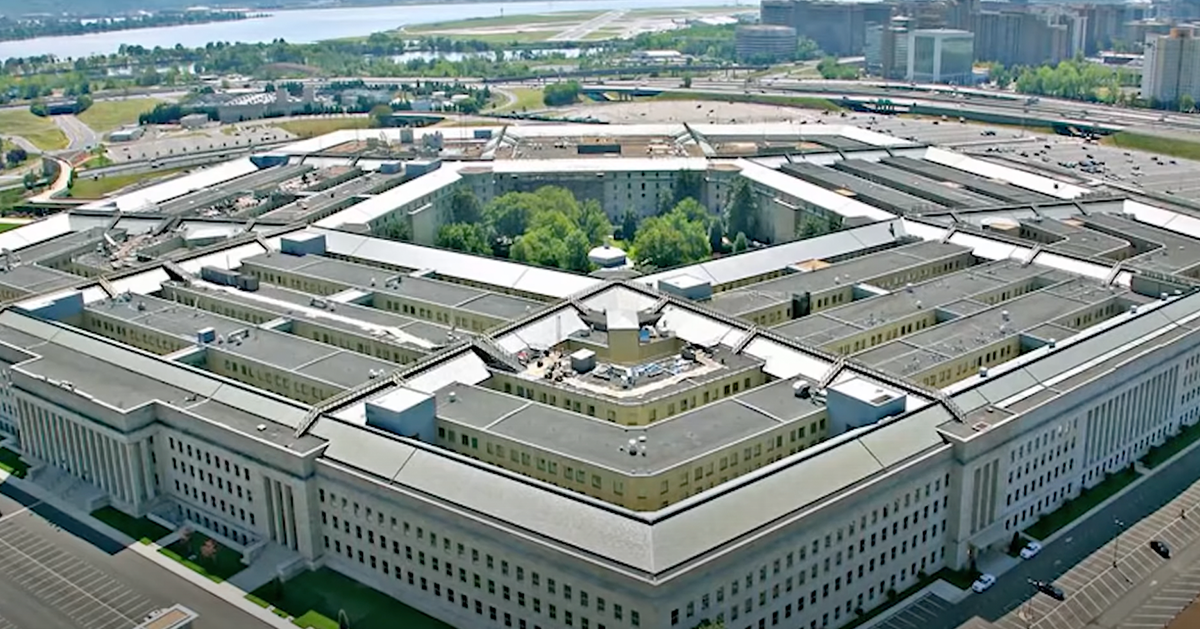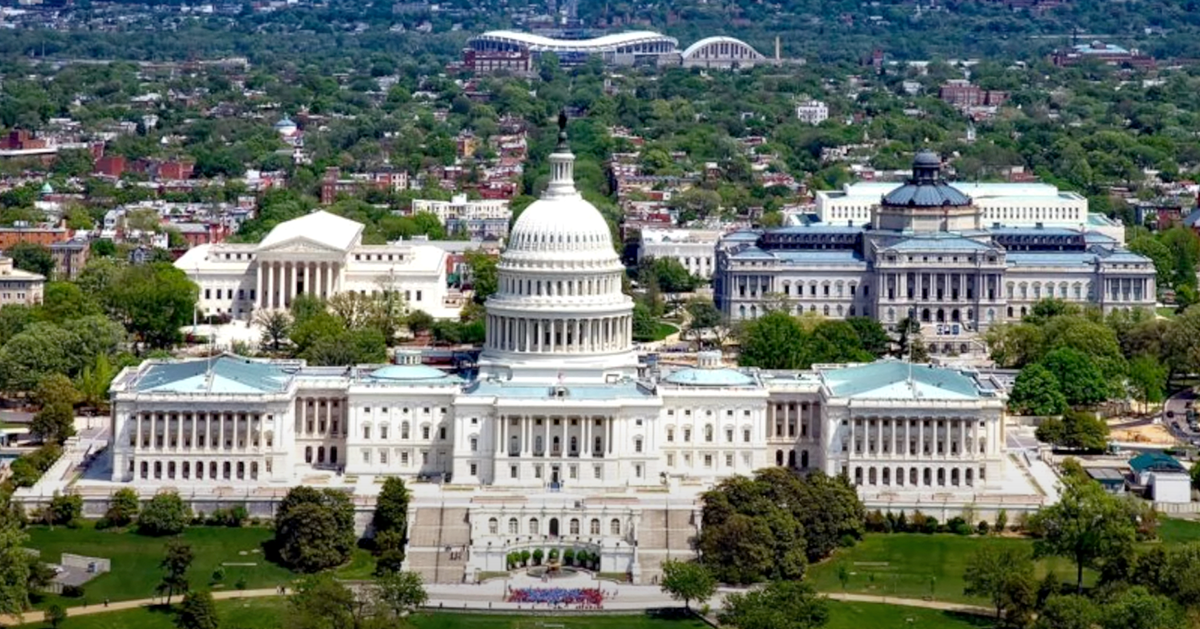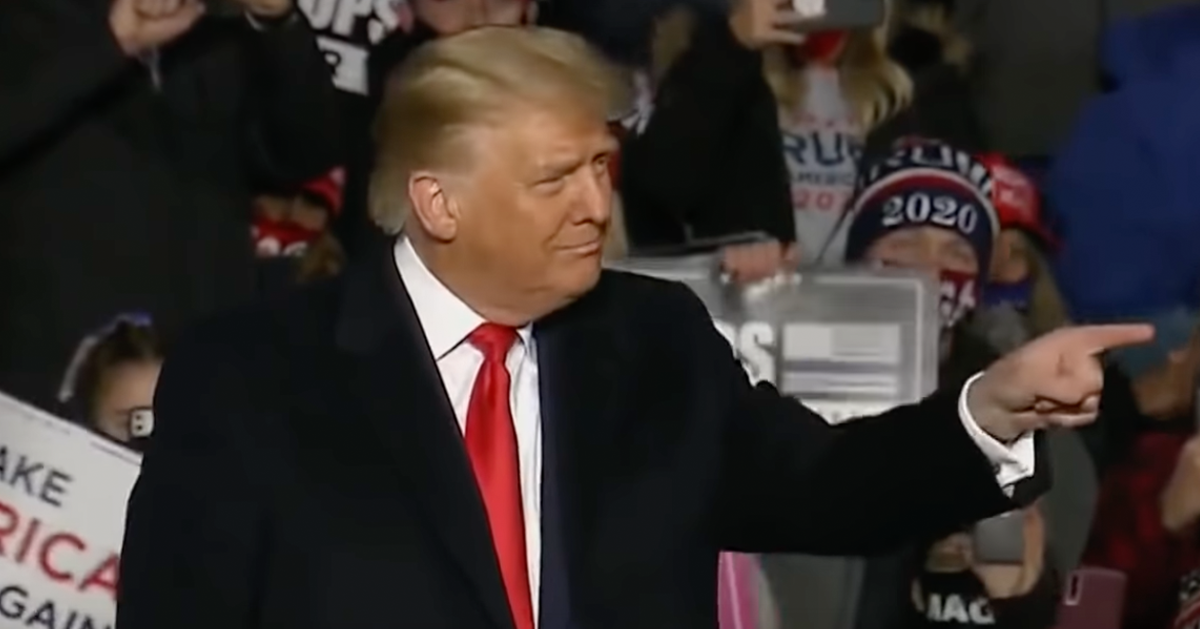Trump announces plan to remove historic White House tree deemed a safety risk
A historic southern magnolia tree, reportedly planted by former President Andrew Jackson, is set for removal from the White House grounds, according to an announcement made by President Donald Trump.
The tree, which has been deemed a safety hazard, will be replaced with a new one, Trump revealed, while its wood will be conserved for potential future uses, as Fox News reports.
Trump disclosed the decision to eliminate the magnolia tree on a Sunday via a post on Truth Social. Stating that the move is a significant yet necessary step, Trump explained that the tree is in poor condition and poses a risk, particularly at the entrance to the White House.
Collaborating with the National Park Service, this initiative is part of broader enhancements to the White House landscape.
Tree's Uncertain Historical Roots
The roots of the southern magnolia are believed to trace back to Jackson’s personal residence, the Hermitage, in Tennessee. Despite its storied history, this tree has become a safety concern and will soon be chopped down. The president underscored the plan, mentioning it would be replaced by another tree, described as “very beautiful.”
While the tree is attributed to Jackson, the National Park Service provides context that raises questions about its true provenance.
Historical photographs indicate that magnolias appeared at this specific location on the White House grounds in the 1860s. Yet, this tree has been credited to Jackson by tradition, and in 2006, the explanation was deepened when the trees earned the title of "Witness Trees."
These Witness Trees testify to various significant events in the White House's history. Among their notable history, is their survival of a 1994 airplane crash and having withstood substantial pruning in 2017. Through the decades, the tree has become imbued with national significance.
News Met with Mixed Reactions
Trump acknowledged the tree’s problematic current state by stating its condition as a "very dangerous safety hazard." The president emphasized the crucial need for its removal, highlighting that "everything must come to an end." However, he assured that the wood from the tree would be preserved carefully for noble uses.
On social media, reactions to the news are mixed, reflecting divergent public views. While some social media users supported the decision, noting concerns for public safety, others criticized the move, expressing fears of erasing historical pieces. One critic wrote that the tree's importance surpasses any political figure, indicating deep consternation among some over the tree’s removal.
Trump's engagement with the National Park Service as part of the removal process highlights its complexity. Efforts to preserve the tree’s wood offer a sense of continuity and respect for its historical significance even as the tree itself is retired from its position.
Arborists Weigh in on Decision
Contributors on social media, including forestry specialists, have weighed in, adding insights to the discussion about the tree's condition. One forestry expert shared their expertise, indicating that the wood of magnolias can deteriorate with time, becoming brittle and thus precarious. This characteristic offers additional justification for the decision to bring the tree down.
Yet, satirical responses have also entered the fray, with some joking comments lightheartedly forecasting political ramifications. One user humorously suggested that the left would react as if it were a World War, highlighting the depth of sentiment surrounding the tree's fate.
The removal of the southern magnolia unfolds a chapter of contemplating historical preservation's role within the presidential residence. Amid the disagreement and discourse it fosters, preserving the legacy and safety of the White House entrance remains a priority for those involved.
Preserving Echoes of History
Trump assured the public that a replacement tree would be planted, sustaining the natural beauty characterizing the White House surroundings. While critics voice their dissent, the choice to memorialize the historic tree through its wood reflects a blended approach to heritage and progress.
The southern magnolia’s removal serves as a reminder of the balance between honoring history and ensuring public safety.
Even as the tree is uprooted, endeavors to maintain its memory into the future address the broader discourse on historical conservation. Preparing for the immediate future, its wood may grace future projects, promising that its legacy, much like its initial planting, endures.
As the plan proceeds, the story of the southern magnolia is a testament to both the beauty and trials of safeguarding national symbols amid evolving times. The dialogue surrounding its removal might persist, but the actions taken signify a commitment to blend the past with evolving surroundings in a respectful way.






